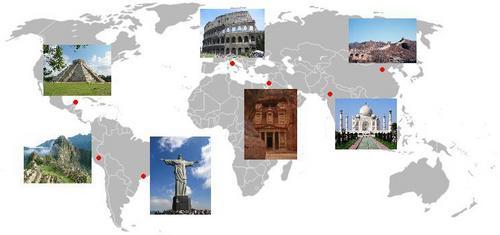New7Wonders The winners, in no particular order are: |
|
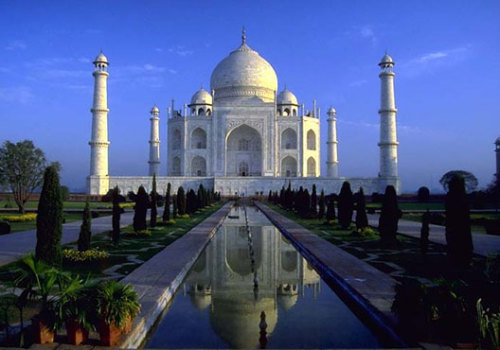 | Taj Mahal (Agra, India) This 17th century marble mausoleum, famously dedicated to love, was built for the beloved wife of Mughal Emperor Shah Jahan. Arguably the most exquisite example of Mughal-era architecture, the Taj incorporates Turkish, Persian and Indian styles. The pristine structure is set amidst classic, Mughal-style gardens and linear pools. | 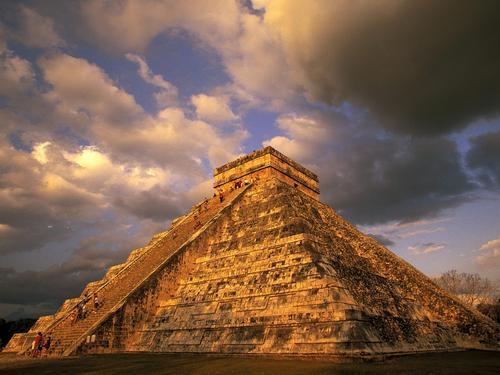 | Chichen Itza (Yucatan Peninsula, Mexico) Chichen Itza is a magnificent sprawl of ruins dating back to the ancient Mayans. From about 800 B.B. to 1200 B.C. Chichen Itza was a vital trading hotspot and the nerve centre of the Mayan civilisation. El Caracol, the site’s best known ruin, is an astronomical observatory, a testament to the Mayans’ sophisticated knowledge systems. |
| Christ the Redeemer (Rio de Janeiro, Brazil) This awe-inspiring statue of Christ, arms stretched out in blessing, stands atop the Corcovado Mountain overlooking Rio. Built of reinforced concrete and soapstone in 1931, the 130-foot statue was funded primarily through donations. | 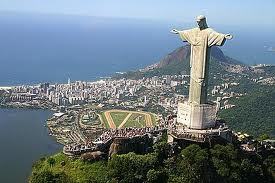 | Colosseum (Rome, Italy) Ancient Rome’s best known icon was built between 70 A.D and 80 A.D. For 500 years, this amphitheatre was used for gladiatorial contests and to enact mock battles, hunts and executions. Much of the Colosseum has been wrecked by earthquakes, but what remains is still impressive and a huge draw for visitors to Rome. | 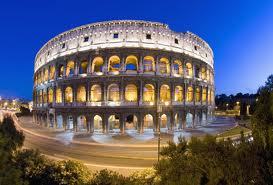 |
 | Great Wall of China The world’s longest fortification (about 4,000 miles) is made of stone, earth, brick and other materials. The Great Wall is a collective name for several successive walls whose construction began around 7 B.C. and which were later joined and strengthened. Much of the remaining structure was reconstructed during the Ming dynasty. | 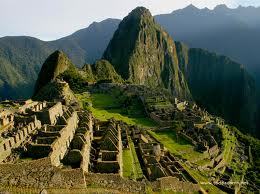 | Machu Picchu (Peru) Machu Picchu’s precarious location, between two soaring Andean mountains only adds to its wonder and mystery. Historians posit that this ancient Incan town could have been a sacred site for Cusco, the Inca capital. Hiram Bingham, an archaeologist chanced upon the ruins in 1911. |
| Petra (Jordan) Petra, the capital city of the Nabatean Empire (9 B.C. – A.D.40) boasts a sophisticated water management system that transformed it into an oasis. Several amazing stone carvings, the El-Deir monastery and an impressive amphitheatre have propelled Petra to fame. | 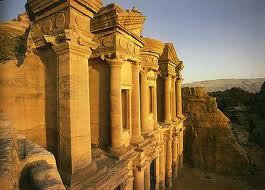 | Bernard Weber’s New7Wonders of the World initiative fired the world’s imagination. Next up, the New7Wonders of Nature! | |
